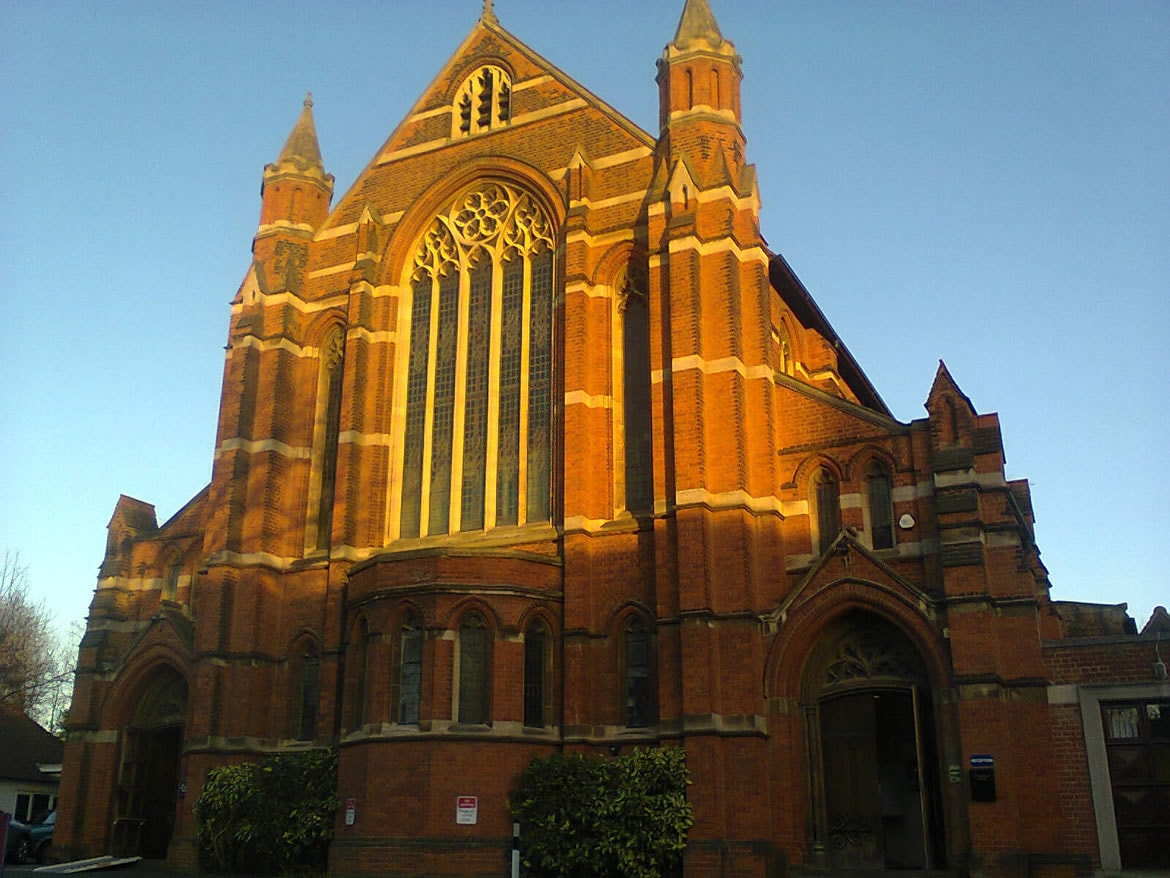
Finchley is one of North London’s most popular residential areas. It’s changed beyond recognition in the last few centuries; from an agricultural village famed for its hay, to one of the capital’s best-connected, family-friendly locations.
You’ll get a sense of its history as you wander through each of the area’s districts; East Finchley, North Finchley, and Finchley Central – sometimes called Church End. There are plenty of attractive Victorian and Edwardian townhouses and some good-sized 1920s homes too. It’s a diverse area, where modern apartment blocks sit alongside multimillion pound mansions and this is what gives the place its distinct personality.
If you’re thinking of moving to Finchley you’ll want to find out more about the local property market and how prices have changed over the years. This useful guide outlines the sales trends since 2000.
The average price of a property in Finchley has tripled since 2000; a trend that’s in-keeping with London’s housing market in general. This growth has been relatively steady, though certain events have made prices dip slightly, such as the EU referendum in 2016 and the housing crisis of 2008. However, Finchley’s market has proved resilient throughout and property values have swiftly recovered each time.
Although house prices have risen, Finchley remains more affordable than other parts of North London and many apartments are priced below £500,000. This makes it a good area for first-time buyers and for families searching for a larger property within their budget.
Finchley’s housing market experienced notable growth at the start of the millennium. In 2000, the average price for a house was £278,836. By 2008, this had risen to £583,270; an impressive increase of £304,434. Apartment prices didn’t rise quite so steeply, but average values certainly increased by a significant margin. In 2000, the average flat cost £138,321; eight years later, the average price was £277,492.
The main reason for this rapid rise in price was increased demand. Finchley was fast becoming a major investment hotspot and sales volumes reflected this. In 2000, 952 houses and 1125 flats were sold and the market hit its peak in 2002, with 1049 house and 1246 apartment sales. Demand remained high right through until 2008.
However, in 2008, Finchley’s upward trajectory was interrupted by the financial crisis – like many other towns and cities in the UK.
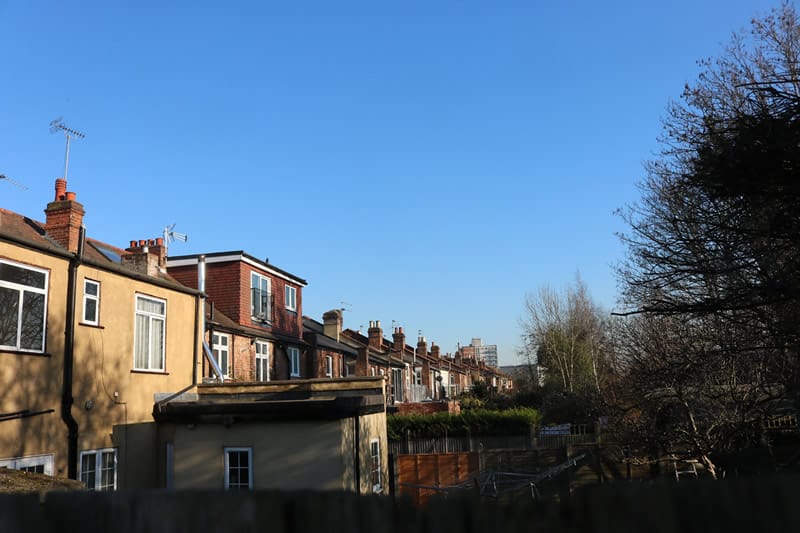
The term ‘credit crunch’ became the buzzword for 2008 as a global financial crisis hit the UK. It had considerable impact, especially for the property market. Estate Agents reported that average property prices dropped by 15.9% over the course of the year – with prices falling steadily for 14 months in a row.
In response to the situation, mortgage lenders tightened their terms. Homebuyers were no longer able to capitalise on low-deposit mortgages and volumes of sales went down as a result. Additionally, job losses were on the rise which meant that fewer people were willing to invest in property.
London was affected by the financial crisis but its housing market was surprisingly resilient and many properties in the capital only experienced moderate reductions in price. In fact, average property values remained the highest in the country.
Finchley was impacted to an extent, in that average house prices dropped from £583,270 in 2008 to £525,840 the following year. However, the reverse happened with apartments. In 2008, the average flat cost £277,492 but in 2009 this had risen to £295,290. This is partially because new developments were being built in the area at the time and because buyers favoured the affordability of apartments during this time of financial uncertainty.
While prices remained relatively stable, sales volumes didn’t. In the year before the housing crisis, 909 houses and 1139 flats were sold. In 2008, this had fallen to just 386 house and 540 apartment sales.
Property prices remained stable in Finchley despite the fact many other parts of the UK were experiencing a downturn. In fact, by 2010, house prices had risen again – this time to a then record-breaking £615,620. By contrast, the cost of an average apartment took a slight dip, falling to £280,178. However, by 2012, both house and flat prices were rising steeply once more.
Sales volumes were still low though. In 2010, numbers seemed to be picking up once more with 667 houses and 637 flats being sold. The following two years saw sales start to fall again (though only slightly) and it wasn’t until 2013 that the market started to pick up.
The upturn in sales may have been caused by the introduction of the Help to Buy scheme (2013). This enabled buyers to invest in property they otherwise wouldn’t have been able to afford; something that proved useful for those wanting to move to Finchley. The removal of stamp duty for first-time buyers may also have encouraged sales.
By 2014, house prices in Finchley were climbing dramatically once more. At this point, an average house in the area cost £806,285. The year after, this rose to £926,667 – not far off the £1million mark. Apartment values increased too, though far more moderately; from £381,662 in 2014, to £414,310 in 2015.
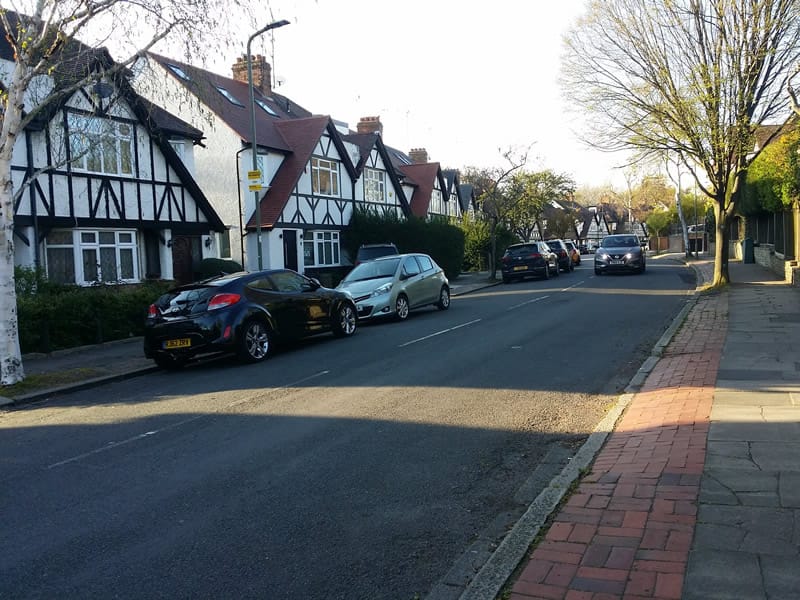
The UK’s housing market looked as though it had recovered completely by 2016. However, the results of the EU referendum shocked the nation and the Brexit verdict brought average house prices back down again.
Estate agents across the country reported major property value reductions, with one agent claiming he was “trying to do deals 10% below where they were a week ago”. Average London prices fell by around 10 to 15% in a short space of time and the market experienced serious instability as a result.
Finchley’s property prices were affected by the Brexit decision, decreasing from £926,667 in 2015, to £899,593 the year after. Once again, apartments bucked the trend and rose in value from £414,310 to £430,616 in the same period. Overall, average property prices fell by around £10,000 – which compared to the rest of the country wasn’t too much.
Numbers of property sales also fell. In 2015, 613 houses and 788 flats were sold, but by 2016 this had reduced to 530 house and 728 apartment sales. This mild downward trend would continue for the next few years.
Some parts of London struggled to recover after the referendum despite the market being partially buoyed by overseas investors. By contrast, Finchley’s property market remained relatively stable from 2016 onwards.
For example, in 2017, just a year after the vote, house prices in Finchley had risen to an average of £949,047. This beat the previous record of £926,667 back in 2015. These elevated prices were somewhat unsustainable though and in 2018 they fell slightly to £926,414. In 2019, prices went down again but remained high with an average house costing £917,460.
Much the same trend was evident in apartment prices. In 2017, they hit a high of £492,675; then the following year they’d decreased to £466,557. By 2019 the average price of a flat in Finchley was £442,502.
Numbers of sales also decreased slightly. In 2017, 518 houses and 696 flats had been sold. The year after this had dropped to 516 houses and 612 apartments and the year after, total sales volumes had reduced again – this time to 521 houses and 505 flats. However, these were still respectable levels of transactions given the UK’s housing market was experiencing uncertainty at the time.
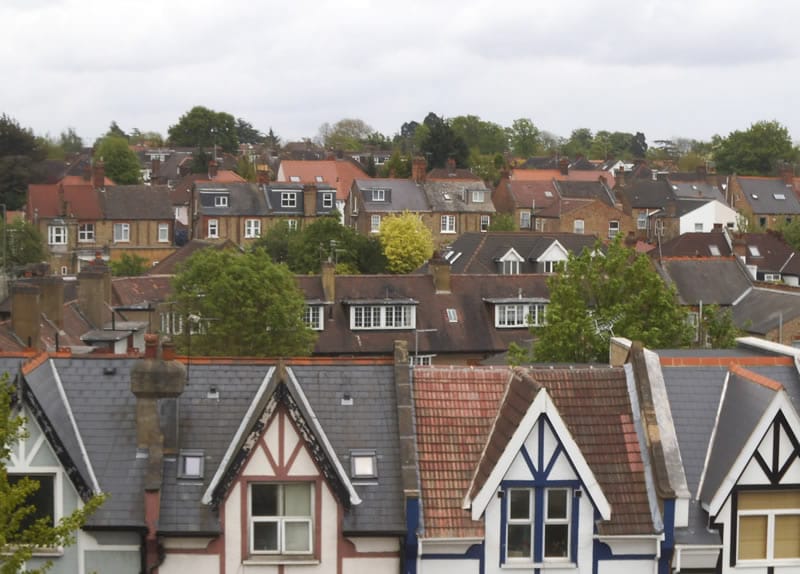
The next major event to disrupt the UK’s property market was the COVID-19 pandemic. Unlike the referendum, which the industry had suspected was coming, coronavirus hit without warning and the resulting lockdowns had a devasting impact on the country’s economy.
During the first lockdown, all house viewings were banned. With little time to arrange virtual viewings, Estate Agents were left in limbo and volumes of sales plummeted. Property prices fell as a result, in every part of the country.
COVID also affected employment. Thousands of people found themselves out of a job and those affected were understandably reluctant to tie themselves into the financial commitment of a house purchase.
In the summer of 2020, the situation suddenly changed. In a bid to stimulate the market, Chancellor Rishi Sunak introduced a stamp duty break for all property purchases (priced under £500,000). This resulted in a surge of interest and property prices rose in most locations across the UK including Finchley.
The stamp duty incentive is scheduled to end on March 31st 2021 and this may further impact sales volumes and prices in Finchley, especially as (at the time of writing) the UK is going through a third lockdown.
Coming out of the COVID-19 pandemic, the outlook for the property market in Finchley remains positive. Much like the rest of Barnet, properties continued to sell at a consistent rate over the past two years, with virtual viewings playing a key role in maintaining market activity.
House prices continued to flourish, averaging around £694,000, which is up 3% on the previous year and an impressive 11% up on the previous peak of £620,000 in 2017. The extended stamp duty break provided by the government was hugely beneficial, allowing buyers to invest the money into a property to secure their ideal home, rather than putting it aside to pay for the tax.
As COVID restrictions lifted across London and the UK, professionals slowly began to return to the capital with different needs. Working from home became more commonplace, which meant they wanted larger homes while also having strong commuting links for office drop ins and meetings. These are areas Finchley excels in and prices were still much lower than central London, while also being strong enough for sellers to make a healthy profit.
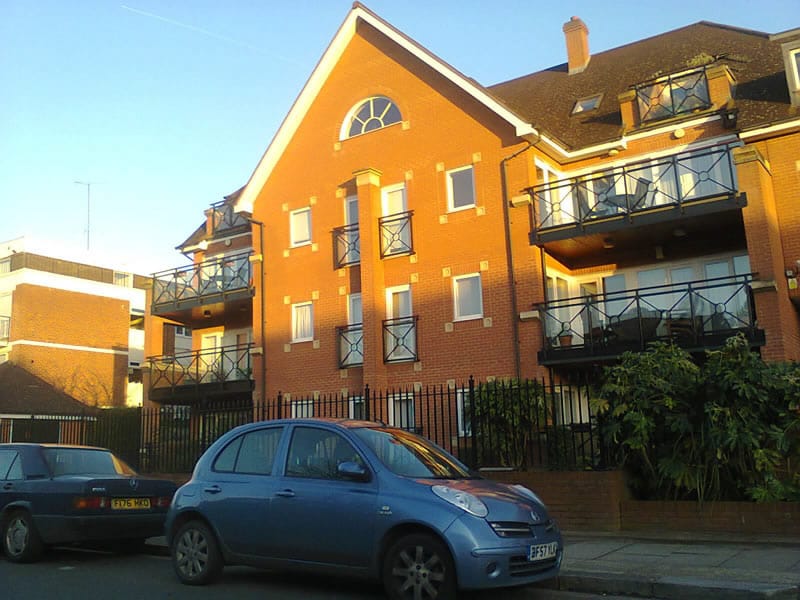
As of April 2022, average property prices in Barnet stood at around £700,000, demonstrating that sale prices in Finchley were still on an upward trajectory. For the borough of Barnet, this is a 5% increase on March and a 6.2% increase of April of last year, which bodes well for the coming months.
Properties in London have been selling a lot faster on average, taking an average of 51 days, compared to 64 days at the same time last year. It shows that while there is growing economic uncertainty, properties are still exchanging hands for higher prices and without too much delay. The market could start to slow in the next 6-12 months, so now is the time to maximise the full value of your property.
Finchley has always been a popular choice with house hunters and the pandemic has only increased its appeal. While it may be difficult to know exactly where the market will be in five years’ time, sellers can find some reassurance in the fact that the district will continue to offer an attractive and more affordable alternative to buying in central London.
Finchley is a great place to live, for people of all ages. It’s well-connected with train stations taking commuters to Central London plus its close proximity to the North Circular and the M1. If you’d like to buy a property in Finchley, get in contact with our team to find out more about the area. We’ve got a wide range of properties on our books, from desirable studio apartments to spacious family homes.
To see our list of properties currently available to buy in Finchley, start your search here.